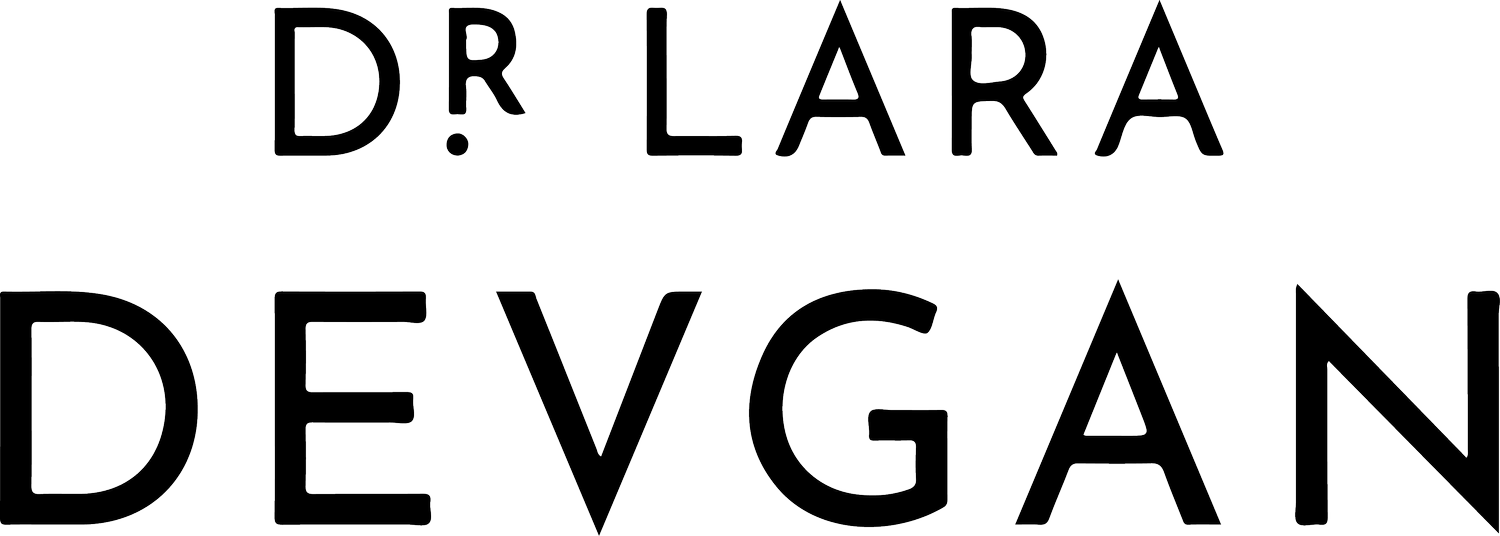The Anatomy of Aging: A Deep Dive
Aging is inevitable. But how we age — and how gracefully — is a matter of understanding which layers change, in what order, and how best to counteract them based on individual anatomy and goals. In her recent video, Dr. Lara Devgan walks through the “Anatomy of Aging” concept, demystifying where and how the face changes over time — not just skin, but structure, volume, support, and tissue dynamics.
Here’s a fleshed-out take (with clinical context) on how to frame this for your readers:
1. Beyond Skin: The Multi-Layered Aging Process
When most people hear “aging,” they think wrinkles, sagging skin, dark spots, or texture. But those are just the surface story. Aging is cumulative across multiple layers:
Skin: Thinning, loss of collagen/elastin, pigmentation changes, slower repair
Soft tissue / Fat compartments: Redistribution or atrophy of fat pads, volume loss in key areas
Muscle & Ligaments: Underlying support loosens; repetitive muscular motion contributes to lines
Bone & Skeletal Framework: Resorption of bone over time alters the “scaffolding”
Connective tissue & Fascia: Laxity increases, tissues descend under gravity
Because all these layers shift, treating only the skin without considering deeper changes often gives suboptimal or short-lived results.
2. The Zones That Change in Concert
In the TikTok, Dr. Devgan breaks down how aging doesn’t happen in isolated patches — the midface, lower face, and neck “move” together.
The midface can descend, causing hollowing under the eyes, deeper nasolabial folds, and flattening of the cheeks.
The lower face & jawline may lose definition as jowling begins, softening the transition between face and neck.
The neck & submandibular region develop laxity, platysmal banding, and loss of a crisp cervicomental angle.
Treating one zone without the others risks creating mismatch — for instance, lifting the jawline but leaving a sagging neck may make the neck look worse by contrast.
3. The “Ladder of Interventions” Approach
One of Dr. Devgan’s core philosophies (often referenced alongside “anatomy of aging”) is the idea of a ladder of interventions — start minimally, escalate only if needed. laradevganmd.com
Here’s how that ladder typically looks:
Topicals + Skin Care: Retinoids, peptides, antioxidants, growth factors
Injectables & Fillers: Volume replacement, smoothing lines, minor lift effects
Suture Suspension / Threads: Mechanical repositioning with minimal downtime
Surgery: Facelift, neck lift, midface lifts — for structural repositioning
Because aging occurs across layers and zones, the “right rung” varies per patient. Someone with early signs of aging may stay in the injectables rungs, while someone with significant descent may need surgical intervention. But the underlying anatomy guides which rung you aim for.
4. Why a Holistic View Matters
Natural result: When all zones are addressed in harmony, the outcome doesn’t read “I had a procedure done.”
Longevity: Supporting deeper structures helps the surface look better for longer.
Avoid overtreatment: If you push the skin too hard without support beneath, you risk complications or unnatural appearance.
Personalization: Two patients of the same age may need very different approaches because their anatomy, genetics, and how they’ve aged differ.
5. How to Build Content Around the TikTok
To turn this into a blog piece that complements the video, consider structuring it like this:
Intro & hook — Why “anatomy of aging” is more than a buzzword.
The layered breakdown — Skin → fat → muscle/ligament → bone/structure.
Zones in motion — How midface, lower face, and neck shift with age.
Ladder of interventions — What treatments align with each level of change.
Case illustrations / examples — Before/after, or hypothetical “if a 50-year-old looks mostly skin lax, here’s what she might start with vs. if she has structural descent.”
Takeaway / call to action — Educate readers on seeking a surgeon who understands the full anatomy, not just skin deep.
Appointment Inquiries
For inquiries and appointments, please email appointments at appointments@laradevganmd.com or call 212-452-2400. You may also use the following button to schedule an appointment online. We look forward to hearing from you. Thank you!












